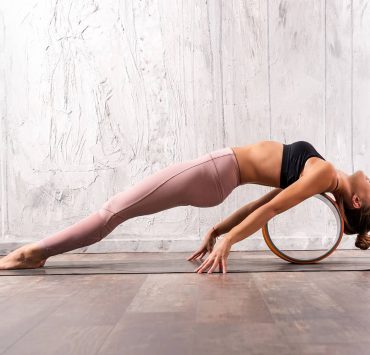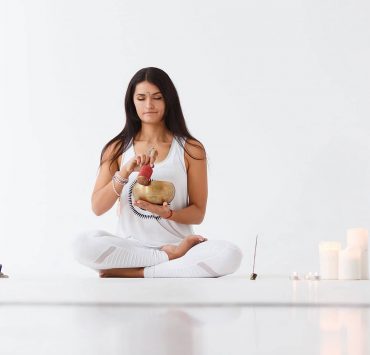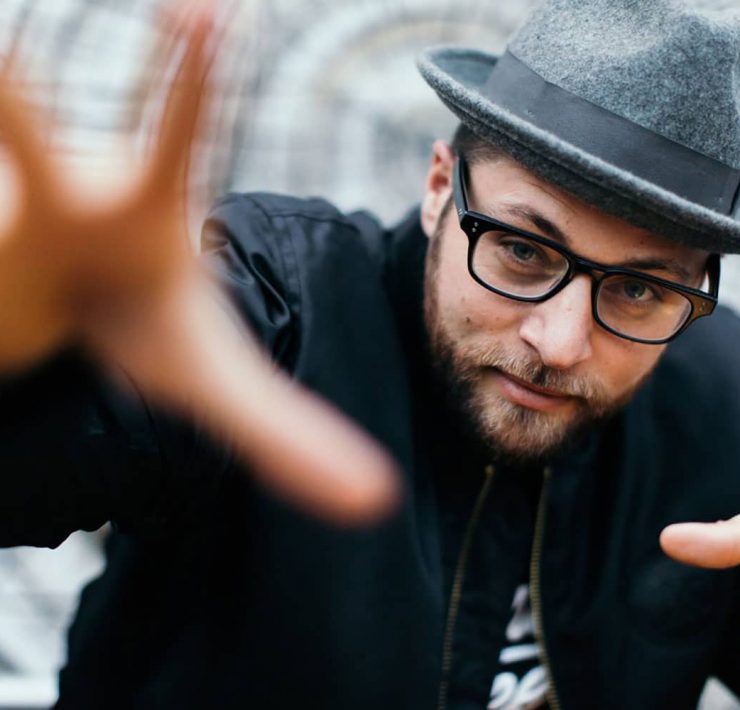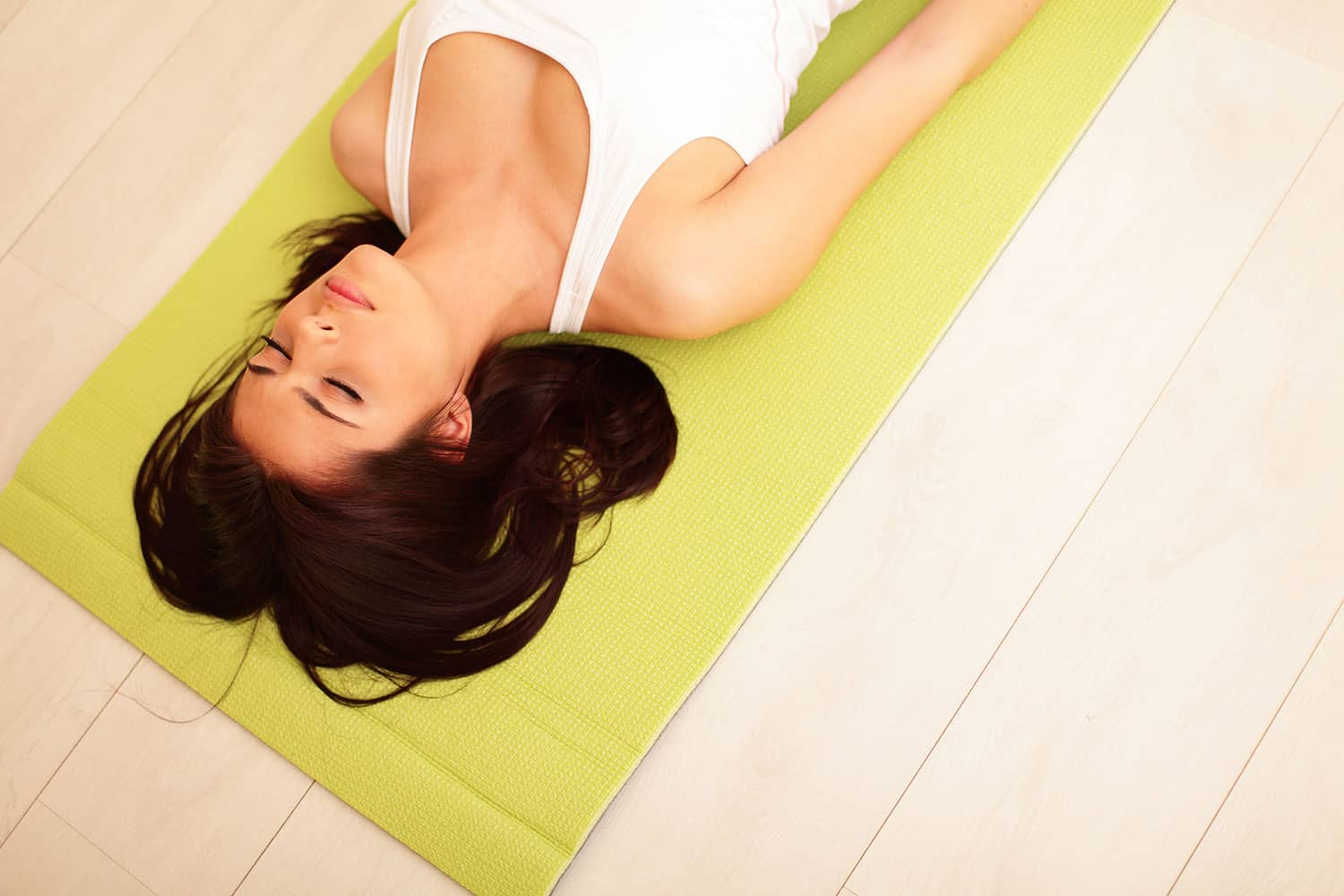
Former nutrition specialist Alexandra Mackenzie knows what it means to…
In today’s world, holistic forms of healing have become very popular. Reiki is a tool that has brought peace and relief to many people around the world.
Reiki is a healing method that is performed on the self and on others. It is not tied to a certain religion or culture, so it is open to everyone. People can receive Reiki treatment or become Reiki practitioners to treat others.
What is Reiki?
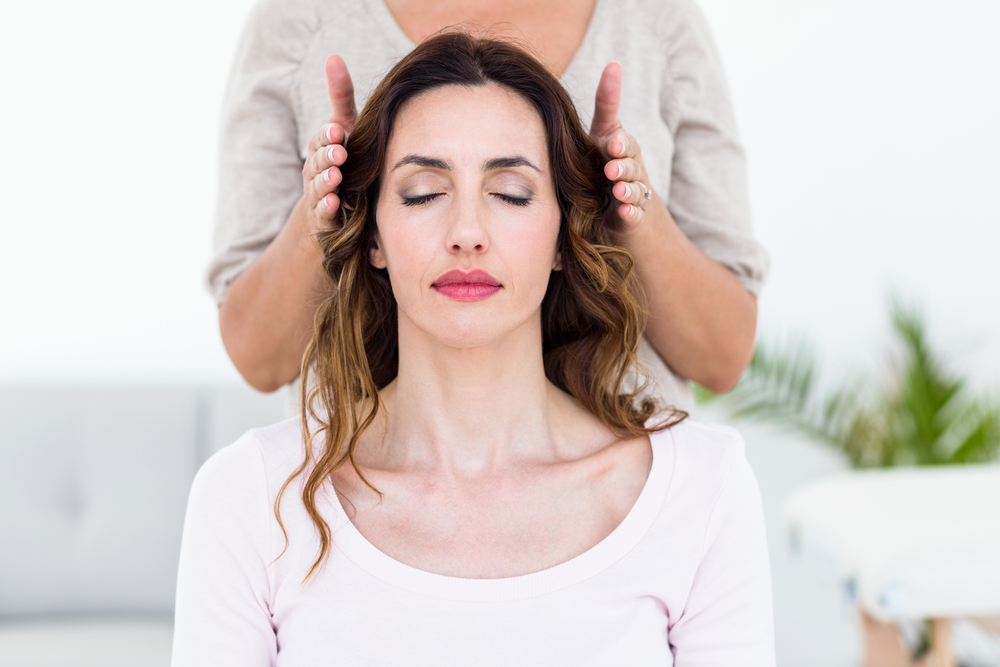
Reiki originated in Japan in the late 1800s. The term Reiki means “universal life energy.” In Japanese, the word Rei means a source of energy, and ki means the energy’s movement in and around us. During Reiki treatments, the practitioner works with the energy in the body. The goal is to reduce pain, decrease stress, and clear out any stuck energy.
During a traditional Reiki treatment, the practitioner will gently touch or hover their hands over the body. Energy is transferred from the Reiki Master to the client to promote healing. Reiki can even be done long-distance. This is perfect during this time of the COVID-19 global pandemic.
According to The International Center for Reiki Training, Reiki treats the whole person. It helps the body, emotions, mind, and spirit. Many people use Reiki as a holistic way to supplement standard Western medicine.
Reiki: A History
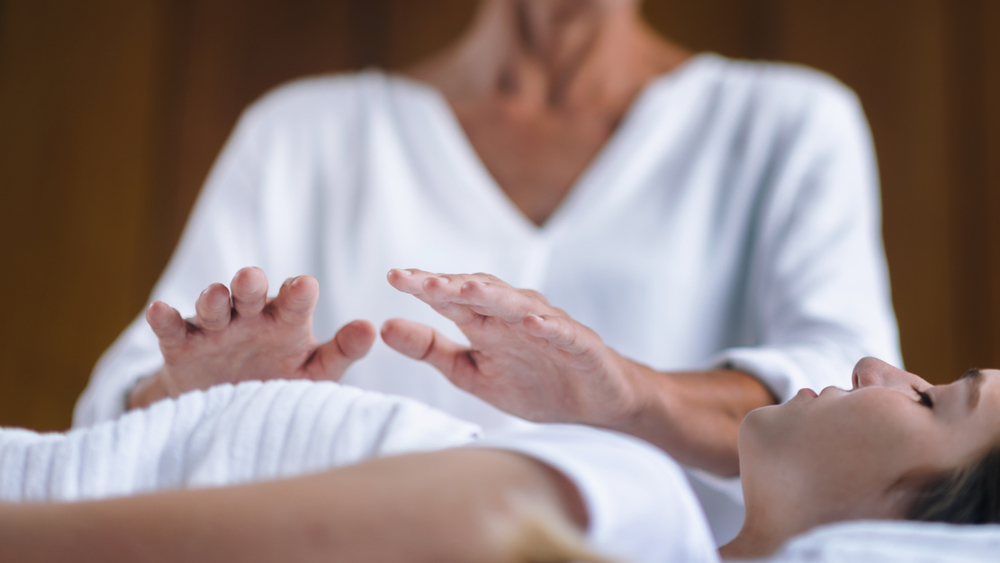
Reiki was created in the 1800s by a Buddhist monk who was also a Japanese doctor. His name was Dr. Mikao Usui. According to Yoga Journal, Dr. Usui discovered the power of healing through gentle touch and near touch. He made this discovery while meditating for 21 days. His student Dr. Chujiro Hayashi continued to explore and expand the practice of Reiki.
This philosophy of an unseen, moving, healing energy is in the yoga world as well. In yoga, this life force is “prana.” In Japanese, it is “ki.”
Today, Reiki is all over the world. Reiki is at yoga studios, healing centers, and even medical facilities! Patients can receive Reiki as a form of treatment at over 800 American hospitals.
What Does Reiki Look Like?
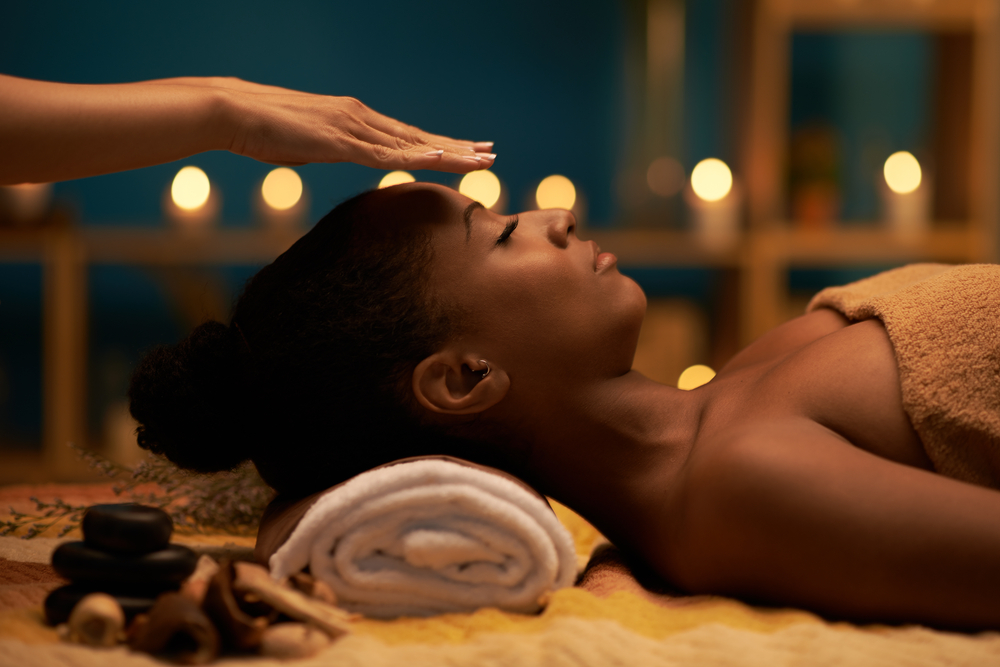
Reiki sessions can be as short as 20 minutes or as long as over an hour. Before your first session, Healthline emphasizes the importance of speaking with your practitioner. Let them know your symptoms or anything else they need to know about your body.
The patient will lie down on a table, and the practitioner will move their hands over the body. They may keep their hands hovering, or they may gently touch the patient.
People feel a wide range of sensations during Reiki. These sensations include feeling hot, cold, tingling, etc. All sensations are normal. Some people might not feel anything at all, and that is ok! Whether the body experiences sensations or not, the Reiki is still working.
The Health Benefits of Reiki
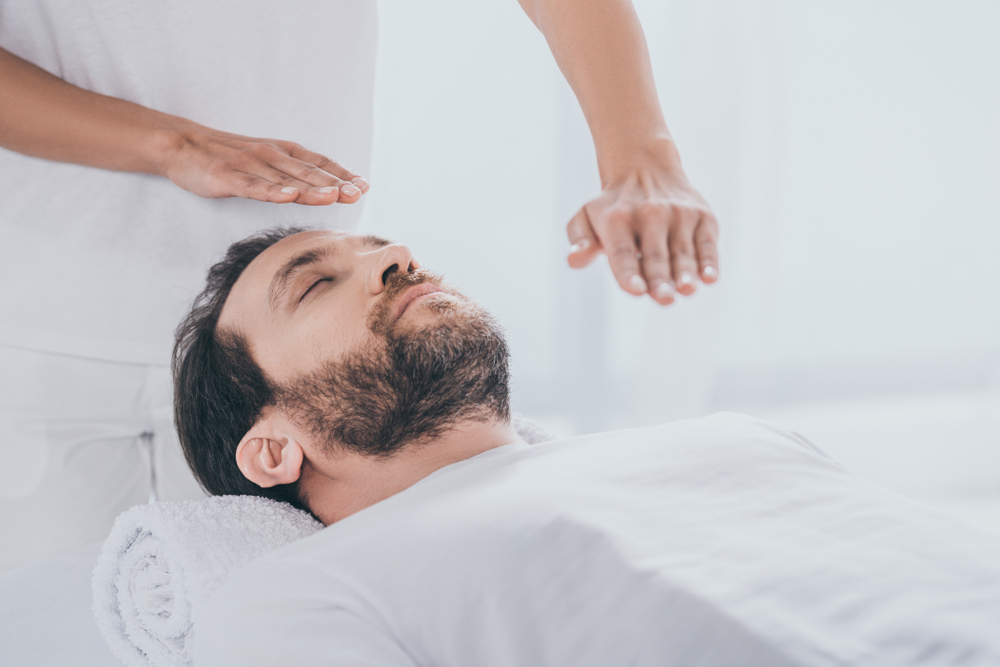
Reiki is believed to have various benefits to human health. Healthline discusses how the practice can reduce pain, anxiety, depression, and fatigue. Physical symptoms like headaches and nausea can also be relieved. This is due to the relaxation response of the body.
After the treatment, discuss with your practitioner how you felt. Be open to communicating with them your needs and where you feel like the energy is still stuck. This can help guide them in future treatments.
Reiki and Yoga
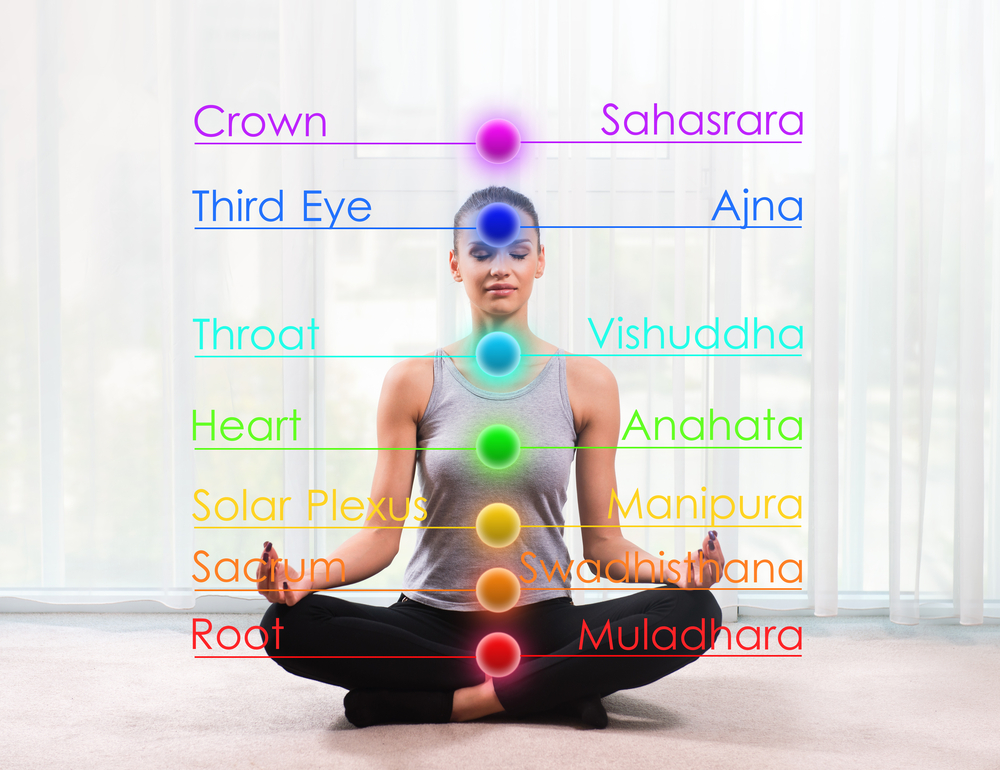
Reiki and yoga go hand-in-hand. If you are certified, you can perform Reiki on yourself during your yoga practice. Also, there are yoga classes where the teacher performs Reiki on the students during class. Reiki also brings in a lot of the yoga philosophies like the chakras.
Before getting into the chakras, it is important to understand the Nadis. The Nadis are energetic channels that run through the body. There are three Nadis in the body.
Ida is the Nadi of the parasympathetic nervous system. It promotes feelings of rest, restoration, calmness, and reflection in the body. Ida energy triggers through left nostril breathwork.
The second Nadi is Pingala. It supports the sympathetic nervous system. Pingala cultivates feelings of warmth, brightness, nourishment, growth, and activity. This Nadi activates by practicing breathwork through the right nostril
The third Nadi is Sushumna. This is a place of homeostasis of energy. The Sushumna Nadi flows when Ida, Pingala, and the chakras are clear and unblocked.
The chakras come into play where the Nadis intersect. This occurs at seven different places within the body. According to Yoga Journal, Reiki enters the body at one of these seven chakra centers. The chakras control the flow of energy throughout the body.
Sometimes these chakras can become blocked. This can cause a variety of physical and emotional symptoms. Reiki can help! It can release these blocked areas in the body, making people feel better.
According to Yoga Journal, yogis can perform Reiki on themselves while they do yoga. The practice is like meditation. Yoga Journal recommends imagining healing white light coming in through the crown chakra. This chakra is at the top of the head.
Next, visualize the light spreading through the entire body. Inhale the healing light, and exhale pain, stress, and negativity. Imagine your inhales as white light, and your exhales as grey light. Picture the white light flowing through your body, to the areas where you are holding pain and stress. After this process, sit in stillness and silence to absorb the benefits.
Reiki and Science
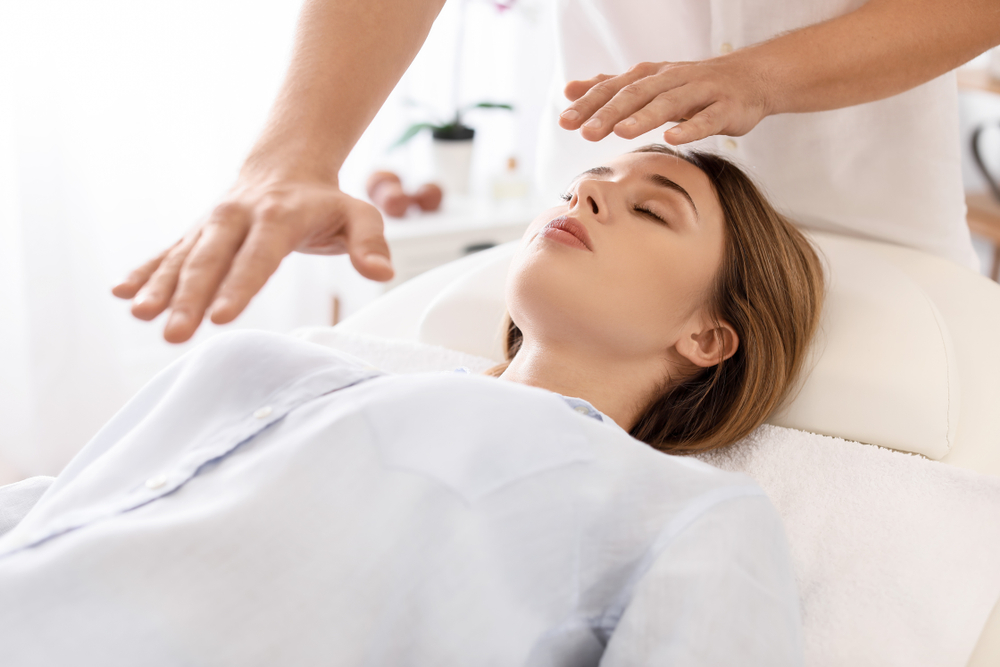
Scientific studies on Reiki are fairly limited. Although, some studies on animals and humans have shown the benefits of Reiki.
UCLA put together a summary of studies about Reiki, which show positive benefits. The Touchstone Process is referenced as a peer review method designed to review Reiki studies.
UCLA notes that the Touchstone Process rated a 2008 study of Reiki on rats as “excellent.” During this study, some rats received Reiki while others received fake Reiki treatments. The rats that received the real treatment demonstrated reduced stress, anxiety, and depression. The rats in the placebo group did not.
New York Presbyterian/Columbia University Campus performed a study on Reiki. They studied how Reiki affects the nervous system. They used a Reiki group and a placebo group. Those in the Reiki group showed lower heart rates, respiration, and blood pressure.
Reiki is a great treatment for patients who are experiencing pain in the hospital. It can be performed pre and post-op to reduce anxiety and pain. Reiki is also beneficial for cancer, Alzheimer’s, and Dementia patients. The fact that Reiki is performed in so many U.S. hospitals is promising. It shows the openness of the medical world to holistic health modalities.
The power of belief and positivity is important to consider as well. Believing in and feeling comforted by a form of treatment can often be very helpful.
It is also important to note that Reiki is for everyone. You don’t have to have a certain background to be able to absorb the benefits. Anyone can get certified as a Reiki Master, and anyone can be a participant in Reiki treatment.
What You Will Need to Follow This Tutorial
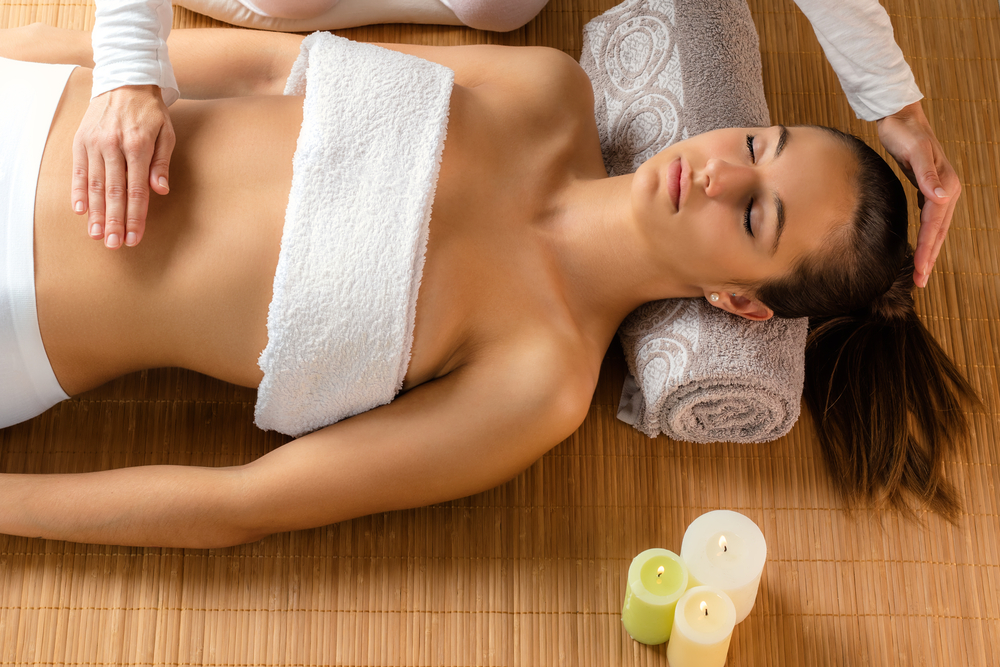
The following tutorial explains the process of getting Reiki certified. This is a great route to go if you want to perform Reiki on yourself and others. If you prefer to be a recipient of the treatment, Google “Reiki near me.” You will be able to find nearby practitioners who can provide you with treatment.
If you want to get Reiki certified, Google “Reiki certification near me.” Many places around the world offer Reiki training, both in-person and online. Once you sign up for a certification program, they will let you know what you need to do to prepare for training.
Step-by-Step Instructions to Getting Reiki Certified
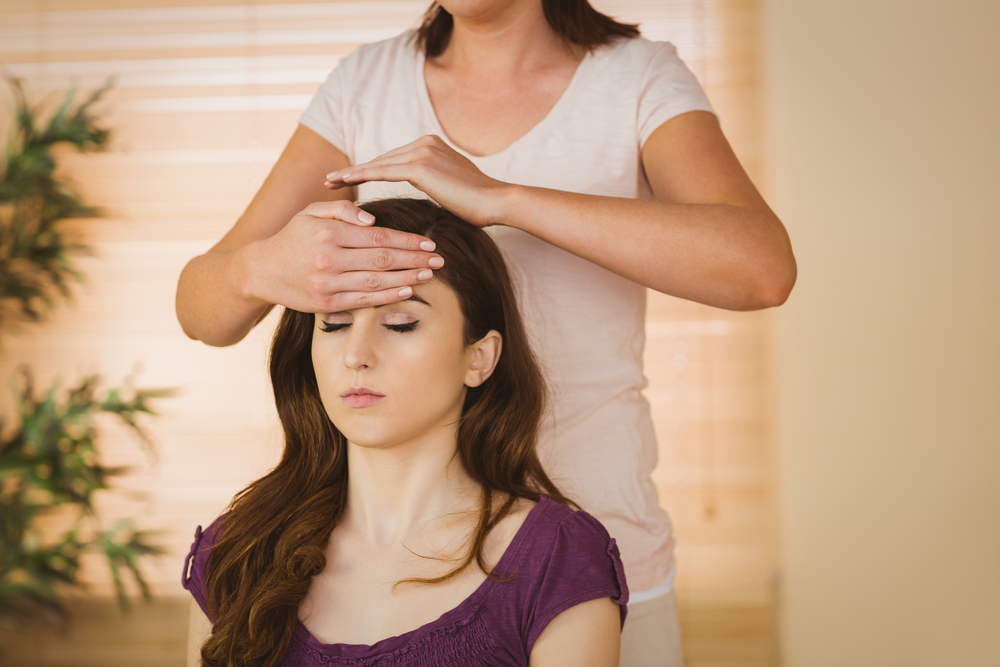
Getting certified in Reiki allows yogis to self-heal and heal others. There are 3 steps to becoming a certified Reiki Master. What makes Reiki training unique is the “attunement” process. According to Mind Body Green, this occurs at each stage of training. It is a ceremony of empowerment or a pass of energy from the master to the student.
- Reiki Level 1: First Degree – Shoden:
This step is where students learn about the history of Reiki and how to use the energy to self-heal. Students will also learn about chakras and how they flow energy. Reiki Light notes that students receive four attunements during this phase. By the end, they will be able to treat themselves as well as family and friends. This step occurs over 2 days. Students should let the first degree soak in for at least 3 months. Then they can seek the next level of Reiki training.
- Reiki Level 2: Second Degree – Okuden:
This level teaches students how to practice Reiki on clients. Reiki Light notes that in the West, those certified in the second degree are practitioners. In level 2 of Reiki training, students learn about the 5 symbols of Reiki. During a Reiki session, the practitioner will visualize these symbols as a way to alter the flow of energy in the body. The 5 symbols of Reki are as follows:
- Cho Ku Rei (the power symbol)
- Sei He Ki (the harmony symbol)
- Hon Sha Ze Sho Nen (the distance symbol)
- Dai Ko Myo (the master symbol)
- Raku (the completion symbol)
Reiki students also learn how to work with clients during this stage. After completing the second degree, students should take 6 months to a year to let the training sink in. Then students can seek third-degree training.
- Reiki Level 3: Third Degree – Reiki Master – Shinpiden:
During this stage of training, students become a Reiki Master. They can also learn how to teach Reiki to other students. Students gain a deeper understanding of the Reki practice. They are also attuned to the Reki Master level. As a Master, you can now attune others.
Join the 4 million people worldwide who have studied Reiki. Decide if you want to self-heal or heal others. Also, consider getting the highest level of certification and becoming a Reiki Master.
A Holistic Form of Healing for All
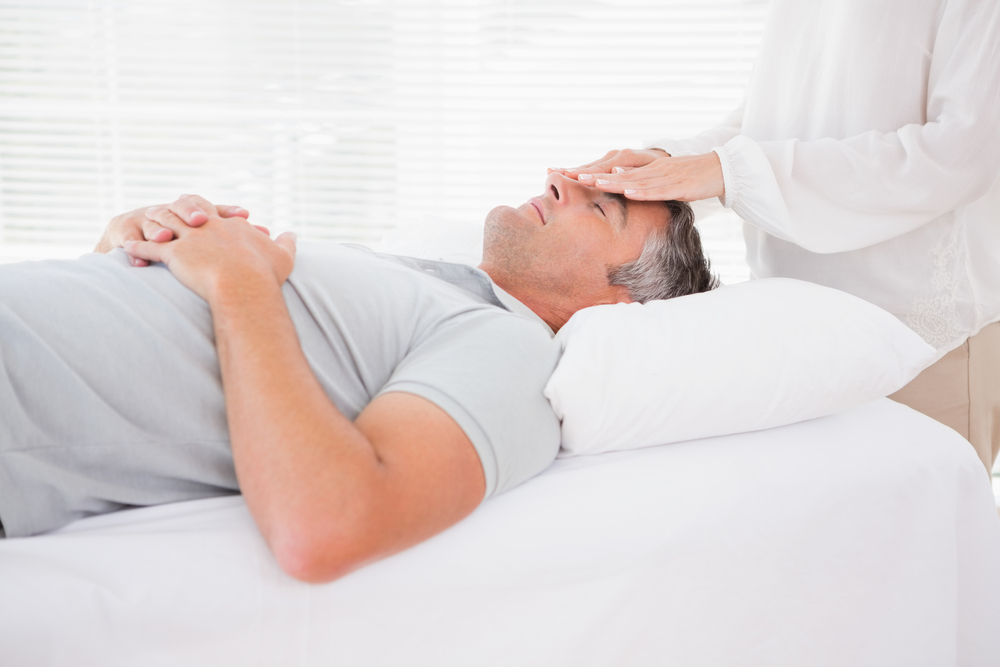
Holistic healing is something that is becoming very popular. People are increasingly interested in seeking treatment beyond the usual Western medicine techniques. They are turning toward practices like Reiki. This over 200-year-old practice started in Japan. It involves a practitioner gently touching or hovering their hands over their clients. Reiki helps clear stuck energy in the body and reduces pain, anxiety, depression, and fatigue. Additionally, Reiki has become an accepted form of treatment in the U.S. It is offered to patients in over 800 American hospitals. Reiki is not tied to a particular religion or culture and can be enjoyed by all.
Reiki relates to yoga in that it can be practiced during yoga sessions. It also utilizes the yoga philosophy of the chakras. The chakras are energy centers located throughout the body. These centers are where the universal energy flows through. Blockages in these areas can cause physical and emotional distress. Reiki can help unblock this energy and make it flow again through the body.
With the extra stress of today’s world during the global pandemic, it is the perfect time to try Reiki. Many Reiki teachers across the globe can do energy work on your body. If you are interested in healing yourself or others through Reiki, get certified. You will learn the skills necessary to work with your own energy and the energy of others to promote healing.
What's Your Reaction?
Former nutrition specialist Alexandra Mackenzie knows what it means to support the body and mind through food. She’s passionate about sharing her wealth of knowledge with anyone willing to listen.






